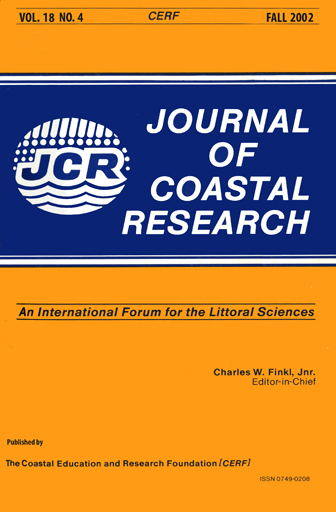Near-Shore Circulation in the Lower Florida Keys
Keywords:
Florida Keys, long-term flow wind stress forcing, tidal currents, re-circulationAbstract
Current meter data from three study sites are used to describe a clockwise re-circulation of near- shore waters in the lower Florida Keys. An 11-month record from Northwest Channel, the main channel connecting gulf and Atlantic waters just west of Key West, indicates a long-term net Atlantic-to-gulf flow that averaged 4.5 cm s-1. Tidal cooscillations dominated the instantaneous current in the channel, accounting for 95% of the total variance in a longchannel flow. By comparison, low-frequency fluctuations through the channel were generally 5- 20 cm s-1 over time scales of several days. Data from a study site in the Gulf of Mexico just north of the Content Keys indicate that tidal and low-frequency along-isobath motions dominated across -isobath flow, but resulted in little net along-shelf displacement during a 5-month study. By comparison, the direction of the weaker across- isobath current was more consistent and resulted in a net shore ward near-bottom flow that averaged about 1 cm s-1. Results from a 13-month study in Atlantic shelf waters just south of Bahia Honda Key showed a long-term net along-isobath flow to the southwest, toward Key West, that averaged 3.5 cm s-1. Across-isobath currents were significantly weaker, but showed a net seaward movement of 1.8 cm s-1. Spectral analysis indicates that winds from the eastern quadrant were most responsible for driving water past all three study sites, and accounted for the long-term flow observed in Hawk Channel and Northwest Channel. Long-term shoreward near-bottom flow north of the Content Keys was generally up wind.


